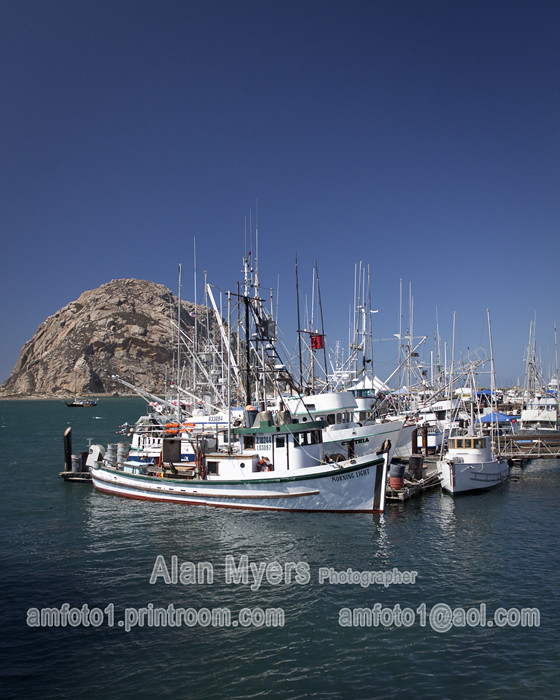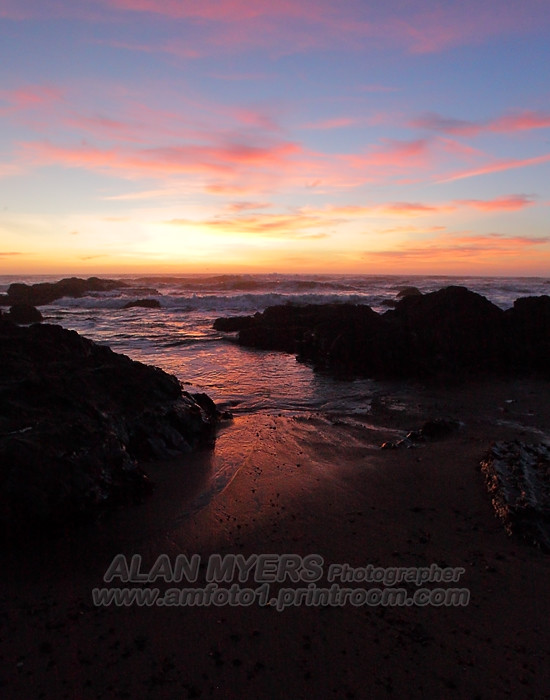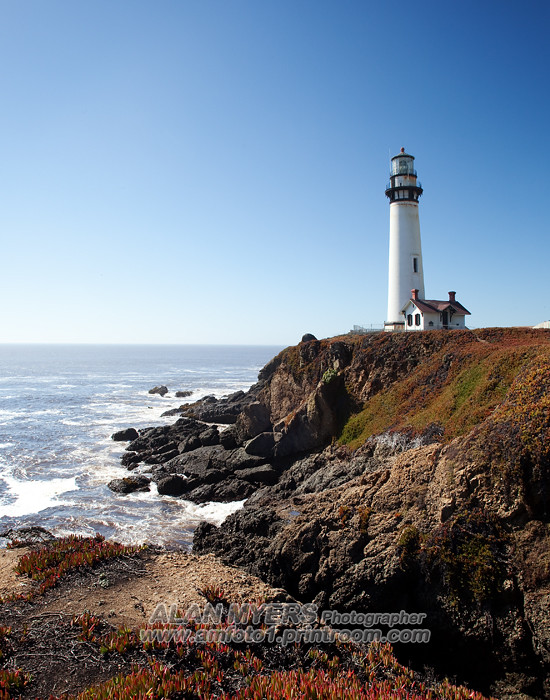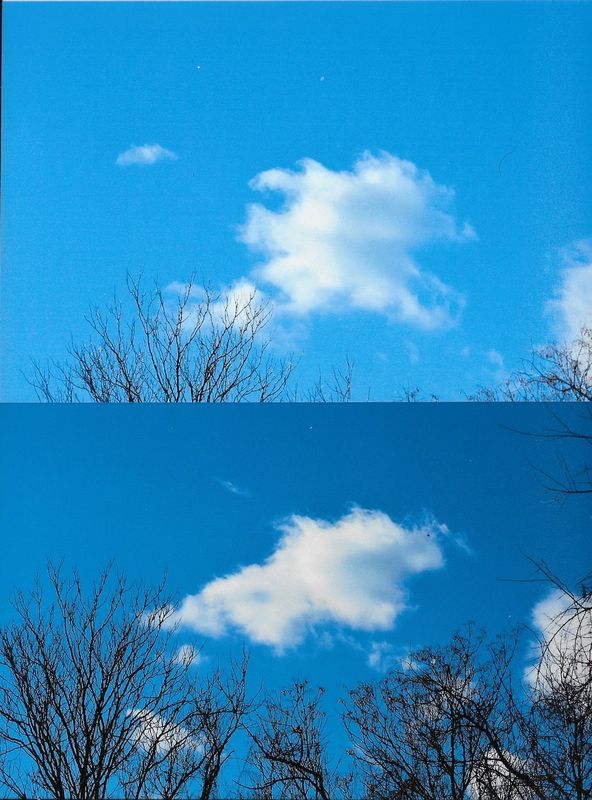Polarizing Filters
Jan 9, 2018 09:07:30 #
photoman022
Loc: Manchester CT USA
Yes, the work they do at
*darkening the sky and accenting clouds
*reducing glare on surfaces and in water
are difficult (if not impossible) to do in post processing.
I have read (but have not experienced) that they are good at increasing color saturation and reducing glare when used in bright midday sunlight.
*darkening the sky and accenting clouds
*reducing glare on surfaces and in water
are difficult (if not impossible) to do in post processing.
I have read (but have not experienced) that they are good at increasing color saturation and reducing glare when used in bright midday sunlight.
Jan 9, 2018 10:25:30 #
Jan 9, 2018 10:48:16 #
jackpi
Loc: Southwest Ohio
Pablo8 wrote:
*****************************************************************
Then I think you are missing-out in some / many areas of photography.
Then I think you are missing-out in some / many areas of photography.
For example?
I can do grads, or better, in Lr, Ps, or Capture One. I pay attention to dynamic range (using a histogram) and, if necessary, take multiple exposures to capture the exposures I cover that range. What am I missing?
Jan 9, 2018 11:37:51 #
Circular polarizers as used with cameras just means they can be rotated to find the extinction spot, its opposite and all degrees in between. In the physics of light there is a circular polarization which involves details with the magnetic and electric vectors of the electromagnetic wave. It is a deep hole to swim in.
DirtFarmer wrote:
There are two types of polarizing filters: linear ... (show quote)
Jan 9, 2018 11:47:43 #
photoman022 wrote:
I have read (but have not experienced) that they are good at increasing color saturation and reducing glare when used in bright midday sunlight.
I find they work best if your shoulders are in line with the sun (camera is 90° to the sun) and the sun itself setting or rising around the 45° mark.
Jan 9, 2018 12:03:48 #
amfoto1
Loc: San Jose, Calif. USA
dalbers wrote:
Are these filters as popular today as they were some years back?
Thanks all.
Thanks all.
YES!
With modern autofocus, a Circular Polarizer is necessary (old style Linear Polarizers "mess with" the AF... and in some cases with modern metering systems).
Circular Polarizers are often abbreviated as "C-Pol" or "CPL".
Of all the different types of filters, C-Pol are one of only a few that are truly necessary for digital. C-Pol can do things that are virtually impossible to replicate in software. That's not the case with most other types of filters, which were necessary with film, but largely unnecessary with digital. Thanks to digital camera's adjustable White Balance, all the various color correction and color conversion filters we used with film are no longer needed. There are also easy means of adding vignetting or soft focus effects with image editing software. Even Graduate Neutral Density filter effects, such as were used for scenic shots are now much better done in post-processing
C-Pol are by far the most useful type of filter, able to do things with a variety of different types photography: Reduce or eliminate reflections off water and glass. Deepen the blue of the sky in scenic shots. Increase contrast and color saturation in a lot of situations. And more.
Even as useful as they are, C-Pol reduce the light by one to two stops and for that reason need to be used selectively. They also can cause flare problems in extreme lighting conditions.
Get a good C-Pol such as a B+W F-Pro (8-layer multi-coated) or XS-Pro (slim, 16-layer MC). Those are very high quality, yet lower cost than virtually any other brand of equal (and sometimes less) quality.
For still photography, one or two strong Neutral Density filters can be useful to allow slow shutter speeds and/or larger apertures than would normally be possible in brighter light conditions. Videography, with less flexibility to adjust shutter speeds, might call for more variety of strength ND or a Variable ND might be useful. But, overall, ND filters serve much more specialized purposes than C-Pol.
A third type of filter that's popular is a UV or clear "protection" filter. It's a major point of contention, whether or not to use them at all. (Personally I have them available and only install them when they might actually serve a purpose.... which is far less often than a C-Pol).
photoman022 wrote:
...I have read (but have not experienced) that they are good at increasing color saturation and reducing glare when used in bright midday sunlight.
Actually you will find that C-Pol are quite effective on overcast days, too. Most foliage has some reflectance, and when the sky is full of white cloud cover, the reflection off foliage tends to mute the colors quite a bit. A C-Pol can make a huge difference!
C-Pol ARE most effective when pointing the camera a direction that's 90 degrees from the light source.... usually but certainly not limited to the sun.
"90 degrees" can be the sun almost directly overhead, too. That was the case, here:

For the above, the C-Pol was used to deepen the blue of the sky, and bring out the green of the water by reducing reflections. But because the sun was so ideally located almost directly overhead, I had to "dial it back" a bit, because I didn't want to completely eliminate the reflections of the fishing boats off the water.
C-Pol can be helpful under many conditions.... Even for portraiture when people have shiny skin or wear eyeglasses... I used one carefully for the studio product shot below, to control (but not fully eliminate) the plastic packaging wrapper...

There are also times to NOT use a C-Pol, besides the loss of a stop or two light to the filter....
For example, when shooting clear objects you have to use reflections to define the shape... so the last thing you want to do is reduce those reflections:

You shouldn't use ANY filter when directly shooting a sunset or sunrise (or any other strong light source)... But especially not a C-Pol because they are made up of more layers of glass than most filters. For the following, I also didn't want to reduce the reflections off water, wet sand and rocks. The reflections are an important aspect of the image, IMO...

Plus a polarizer is at it's least effective at 180 degrees or 0 degrees to the light source... and directly shooting a sunset or sunrise is as "0 degree" as you can get! So the filter would serve little purpose. Below is a test shot where I deliberately used a C-Pol, to see how bad it would be... overall veiling flare causes loss of color saturation and contrast, and there are a number of ghost flare artifacts due to the filter (underexposure wasn't due to the filter, by my failing to dial in enough Exposure Compensation)...

Actually, above was better than expected, probably thanks in large part to the quality B+W filter I used. With some work in Lightroom and Photoshop I was able to recover much of the image and retouch out the artifacts.

Finally, particularly with wide angle lenses you need to be careful because the filter effect will be uneven when the light source is off to one side or the other.... Here the sun off to my left causes the plain expanse of sky to show uneven filter effect. In this particular image I actually chose to use the unevenness to help accent the main subject of the image and to make a clear blue sky a little less boring...

Jan 9, 2018 12:26:33 #
dalbers wrote:
Are these filters as popular today as they were some years back?
Thanks all.
Thanks all.
I own several. Here's a before and after during a rare, clear day. I know the treetops are distracting but I'm still posting the pic. (There were many in between, with varying degrees of intensity.)

Jan 9, 2018 12:31:05 #
jackpi wrote:
For example?
I can do grads, or better, in Lr, Ps, or Capture One. I pay attention to dynamic range (using a histogram) and, if necessary, take multiple exposures to capture the exposures I cover that range. What am I missing?
I can do grads, or better, in Lr, Ps, or Capture One. I pay attention to dynamic range (using a histogram) and, if necessary, take multiple exposures to capture the exposures I cover that range. What am I missing?
well, you can just use the cpl and forget all that extra work.
Jan 9, 2018 12:52:17 #
dalbers wrote:
Are these filters as popular today as they were some years back?
Thanks all.
Thanks all.
No, people get them just for the memories.
Yes they are.
Jan 9, 2018 13:20:43 #
wdross
Loc: Castle Rock, Colorado
dalbers wrote:
Are these filters as popular today as they were some years back?
Thanks all.
Thanks all.
They always will be. There are some that think software takes care of this but in reality software doesn't even come that close.
Jan 9, 2018 13:46:06 #
dalbers wrote:
Yes, that has not changed, and why would it, there is no reason for that?Are these filters as popular today as they were some years back?
Thanks all.
Thanks all.
Jan 9, 2018 13:47:01 #
wdross wrote:
They always will be. There are some that think software takes care of this but in reality software doesn't even come that close.
Concur.
Jan 9, 2018 14:07:46 #
On a recent photo tour through Namibia with professional landscape pro, Christoph Fischer, we learned that a polarizer can be used to enhance colors during those half hours before sunup and after sunset when doing those l- o -n- g tripod exposures. Just point your lens towards the sky and adjust the filter to maximize sky darkness, then shoot away at your emerging scene. When compared to non-use of the filter, it was apparent that colors were more intense.
Most of us didn't believe it until we saw it because we hadn't seen this use of the CP filter in the literature.
Most of us didn't believe it until we saw it because we hadn't seen this use of the CP filter in the literature.
Jan 9, 2018 14:17:59 #
A circular polarizing filter is most definitely a must-have accessory for the serious photographer so here are a few tips and tricks for you to consider.
First of all, make certain to purchase a high quality filter as some of the off-brand and less costly filters can cause image degradation of various kinds such as loss of sharpness and/or contrast and they can bring about distortion and color shifts. Some of the better brands are Hoya, B+W, Tiffen, Harrison & Harrison, Sing-Ray and the models marketed by the major camera manufacturers under their labels.
Theses filters are somewhat expensive so you may want to consider purchasing a filter to accommodate your lens with the largest filter mount diameter and use step-up adapter rings to fit it to your smaller lenses.
The great aspect of the polarizer's reflection control is that you get to easily adjust the extent of the effect simply by rotating the filter in its mount- you can observe the exact effect right in the viewfinder. There are occasions when you want the maxim degree of refection elimination but there are occasions where you might wish to retain some reflectivity like when you are photographing a building where maximum polarization would render the windows as jet black. That can look strange or unnatural so you can cutback on the effect and still retain some of the color saturation in the other surfaces. You may want to retain some reflections in water etc. You can, of course, also control the level of reflection on foliage and the degree of darkening of the skyscape.
Polarizing filters are especially handy if you want to photograph something through a glass window or showcase such as objects in a store window or artifacts a museum display or diorama.
Theses filters are indispensable for photographing oil paintings or other artwork, particularity those with a varnished surface or any kind of artwork or photograph that is framed behind glass. If you need to copy any image from a book or publication printed on clay-coated or glossy stock, any kind of line copy or document, the polarizer is essential. If you have to copy an old photograph for computer driven or airbrush restoration you need that filter as well. All this kind of copy and reproduction work is further enhanced by the use of CROSS POLARIZATION, that is, polarizing filters placed over the lights in a copy set up and used in conjunction with the on-camera filter. Acetate polarizing filter sheets are available for this purpose. With 2 polarized lights, one at each side of the artwork and at 45 degrees to the camera/subject axis, the results are almost magical. This kind of setup cuts through all kinds of glare, surface inconsistencies, some scratches and burnishing and revels the true depth of the piece.
In commercial and product photography, the polarizer is oftentimes used to retain wood grain detail in highly polished furniture, wooden musical instruments, and minimizes or eliminates distracting reflections from a wide variety of surfaces.
If you are into shooting cars and trucks, the polarizing filter can get some of those annoying reflections out of the paint job and the windows. Again, you may want to retain some of theses reflections to create various moods.
If you like special effects, you can get some interesting results by photographing transparent plastic objects with a polarizer on the lens. If you trans-illuminate theses objects with cross-polarized light, you will record all kinds of interesting interference patterns- lots of fun!
Polarizing filters absorb some of the light that passes through them so you will be loosing about 2 f/stops when the filter is in place. You camera exposure metering system will pick up this filter factor in its various metering modes. In a hitch, you can use the polarizer for a neutral density filter in its minimal polarizing setting.
I don't know of any post-processing procedure that can do exactly what theses filters can provide. You may be able to clone out or “heal” some distracting hot spots or reflections in post but all the other effects would be difficult or impossible to accomplish.
I hope this helps and good luck!
First of all, make certain to purchase a high quality filter as some of the off-brand and less costly filters can cause image degradation of various kinds such as loss of sharpness and/or contrast and they can bring about distortion and color shifts. Some of the better brands are Hoya, B+W, Tiffen, Harrison & Harrison, Sing-Ray and the models marketed by the major camera manufacturers under their labels.
Theses filters are somewhat expensive so you may want to consider purchasing a filter to accommodate your lens with the largest filter mount diameter and use step-up adapter rings to fit it to your smaller lenses.
The great aspect of the polarizer's reflection control is that you get to easily adjust the extent of the effect simply by rotating the filter in its mount- you can observe the exact effect right in the viewfinder. There are occasions when you want the maxim degree of refection elimination but there are occasions where you might wish to retain some reflectivity like when you are photographing a building where maximum polarization would render the windows as jet black. That can look strange or unnatural so you can cutback on the effect and still retain some of the color saturation in the other surfaces. You may want to retain some reflections in water etc. You can, of course, also control the level of reflection on foliage and the degree of darkening of the skyscape.
Polarizing filters are especially handy if you want to photograph something through a glass window or showcase such as objects in a store window or artifacts a museum display or diorama.
Theses filters are indispensable for photographing oil paintings or other artwork, particularity those with a varnished surface or any kind of artwork or photograph that is framed behind glass. If you need to copy any image from a book or publication printed on clay-coated or glossy stock, any kind of line copy or document, the polarizer is essential. If you have to copy an old photograph for computer driven or airbrush restoration you need that filter as well. All this kind of copy and reproduction work is further enhanced by the use of CROSS POLARIZATION, that is, polarizing filters placed over the lights in a copy set up and used in conjunction with the on-camera filter. Acetate polarizing filter sheets are available for this purpose. With 2 polarized lights, one at each side of the artwork and at 45 degrees to the camera/subject axis, the results are almost magical. This kind of setup cuts through all kinds of glare, surface inconsistencies, some scratches and burnishing and revels the true depth of the piece.
In commercial and product photography, the polarizer is oftentimes used to retain wood grain detail in highly polished furniture, wooden musical instruments, and minimizes or eliminates distracting reflections from a wide variety of surfaces.
If you are into shooting cars and trucks, the polarizing filter can get some of those annoying reflections out of the paint job and the windows. Again, you may want to retain some of theses reflections to create various moods.
If you like special effects, you can get some interesting results by photographing transparent plastic objects with a polarizer on the lens. If you trans-illuminate theses objects with cross-polarized light, you will record all kinds of interesting interference patterns- lots of fun!
Polarizing filters absorb some of the light that passes through them so you will be loosing about 2 f/stops when the filter is in place. You camera exposure metering system will pick up this filter factor in its various metering modes. In a hitch, you can use the polarizer for a neutral density filter in its minimal polarizing setting.
I don't know of any post-processing procedure that can do exactly what theses filters can provide. You may be able to clone out or “heal” some distracting hot spots or reflections in post but all the other effects would be difficult or impossible to accomplish.
I hope this helps and good luck!
Jan 9, 2018 16:44:32 #
Using a polarizing filter to darken the sky is often useful, but probably should be avoided if shooting a sequence to make a panorama, given that the darkening effect will be different for the different angles from the Sun. (Exception: when the Sun is directly overhead)
If you want to reply, then register here. Registration is free and your account is created instantly, so you can post right away.







